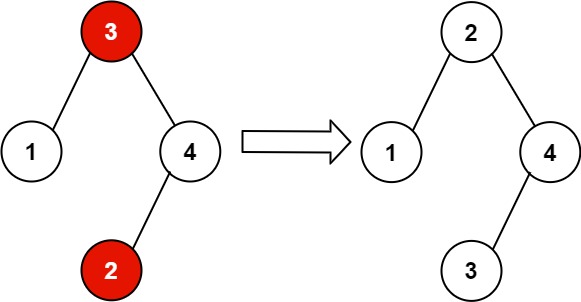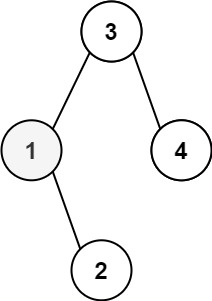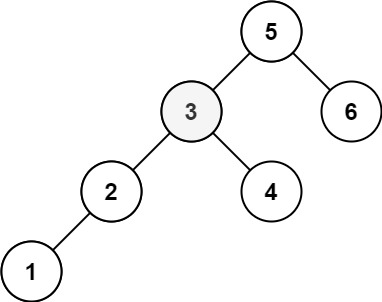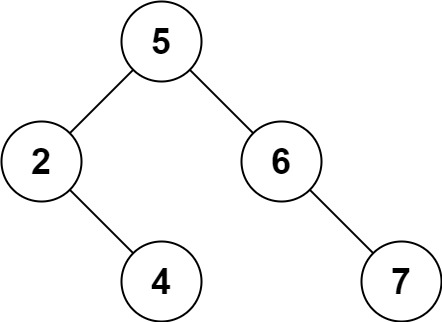Given an integer array nums where the elements are sorted in ascending order, convert it to a height-balanced binary search tree.
A height-balanced binary tree is a binary tree in which the depth of the two subtrees of every node never differs by more than one.
Example 1:
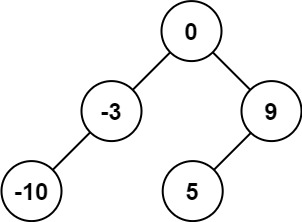
Input: nums = [-10,-3,0,5,9] Output: [0,-3,9,-10,null,5] Explanation: [0,-10,5,null,-3,null,9] is also accepted:
Example 2:
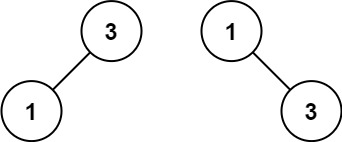
Input: nums = [1,3] Output: [3,1] Explanation: [1,3] and [3,1] are both a height-balanced BSTs.
Constraints:
1 <= nums.length <= 104-104 <= nums[i] <= 104numsis sorted in a strictly increasing order.
Idea:
Recursion + Divide and Conquer
Time complexity: O(n)
Space complexity: O(logn)
Solution:
/**
* Definition for a binary tree node.
* function TreeNode(val, left, right) {
* this.val = (val===undefined ? 0 : val)
* this.left = (left===undefined ? null : left)
* this.right = (right===undefined ? null : right)
* }
*/
/**
* @param {number[]} nums
* @return {TreeNode}
*/
var sortedArrayToBST = function(nums) {
return createBST(nums, 0, nums.length - 1);
};
function createBST(nums, l, r) {
// exit recursion condition
if (l > r) return null;
let mid = l + Math.floor((r - l) / 2);
let root = new TreeNode(nums[mid]);
root.left = createBST(nums, l, mid - 1);
root.right = createBST(nums, mid + 1, r);
return root;
}
